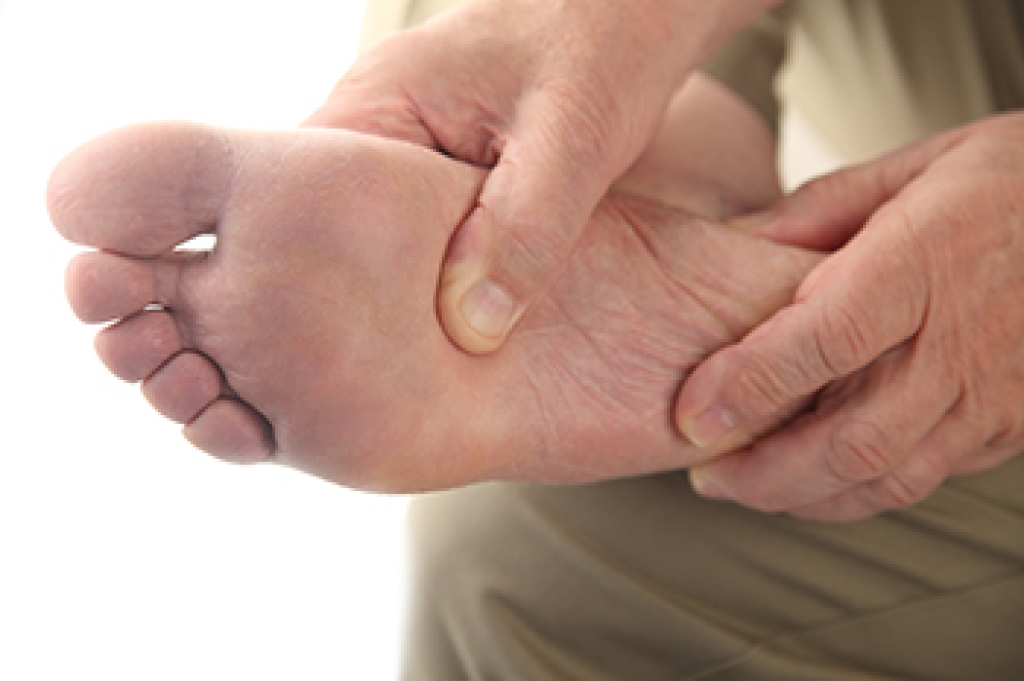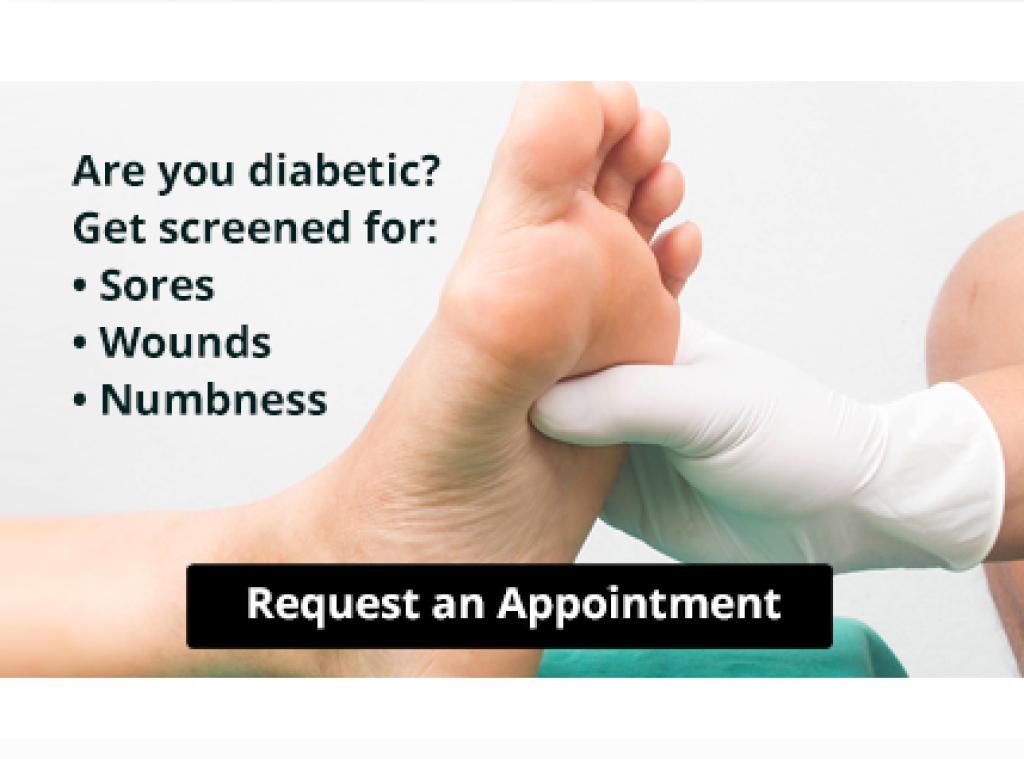 A toenail infection may be caused by a fungus, and this condition is known as onychomycosis. This fungus is extremely contagious and thrives in moist, warm environments. Many people come in contact with a fungus while at public swimming pools and gym locker rooms. The risk of developing a toenail fungus infection increases if you have sweaty feet, wear closed-toed shoes for long periods of time, or have an underlying condition such as diabetes. People with psoriasis or a weakened immune system are also at a higher risk. Toenail fungus infections can be recognized by yellow discoloration, thickened and crumbling toenails, or a foul odor may emit from the nails. In some cases the nail separates from the nailbed. If this type of toenail infection develops, it is suggested that you visit a podiatrist who can prescribe antifungal medication, as creams and lotions may be less effective. In certain cases, the infected toenail may need to be removed entirely. Healing can take up to six months, and the affected nail may not look normal until a new healthy nail grows in fully. If you would like more information on dealing with a toenail fungus, it is suggested that you contact a podiatrist.
A toenail infection may be caused by a fungus, and this condition is known as onychomycosis. This fungus is extremely contagious and thrives in moist, warm environments. Many people come in contact with a fungus while at public swimming pools and gym locker rooms. The risk of developing a toenail fungus infection increases if you have sweaty feet, wear closed-toed shoes for long periods of time, or have an underlying condition such as diabetes. People with psoriasis or a weakened immune system are also at a higher risk. Toenail fungus infections can be recognized by yellow discoloration, thickened and crumbling toenails, or a foul odor may emit from the nails. In some cases the nail separates from the nailbed. If this type of toenail infection develops, it is suggested that you visit a podiatrist who can prescribe antifungal medication, as creams and lotions may be less effective. In certain cases, the infected toenail may need to be removed entirely. Healing can take up to six months, and the affected nail may not look normal until a new healthy nail grows in fully. If you would like more information on dealing with a toenail fungus, it is suggested that you contact a podiatrist.
If left untreated, toenail fungus may spread to other toenails, skin, or even fingernails. If you suspect you have toenail fungus it is important to seek treatment right away. For more information about treatment, contact one of our podiatrists of Associates in Podiatry, PC. Our doctors can provide the care you need to keep you pain-free and on your feet.
Symptoms
- Warped or oddly shaped nails
- Yellowish nails
- Loose/separated nail
- Buildup of bits and pieces of nail fragments under the nail
- Brittle, broken, thickened nail
Treatment
If self-care strategies and over-the-counter medications does not help your fungus, your podiatrist may give you a prescription drug instead. Even if you find relief from your toenail fungus symptoms, you may experience a repeat infection in the future.
Prevention
In order to prevent getting toenail fungus in the future, you should always make sure to wash your feet with soap and water. After washing, it is important to dry your feet thoroughly especially in between the toes. When trimming your toenails, be sure to trim straight across instead of in a rounded shape. It is crucial not to cover up discolored nails with nail polish because that will prevent your nail from being able to “breathe”.
In some cases, surgical procedure may be needed to remove the toenail fungus. Consult with your podiatrist about the best treatment options for your case of toenail fungus.
If you have any questions please contact our offices located in Pittsburgh-South Hills, and Pittsburgh-Bellevue, PA . We offer the newest diagnostic and treatment technologies for all your foot and ankle needs.




